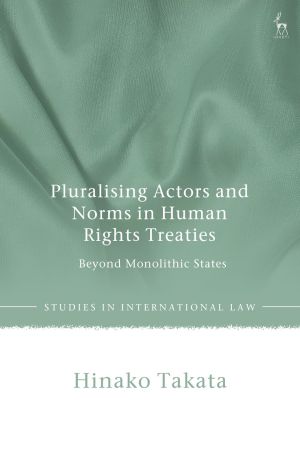We are now closed for the Christmas and New Year period, returning on Monday 5th January 2026. Orders placed during this time will be processed upon our return on 5th January.

This book radically reforms the classical paradigm of international law.
It proposes a novel theoretical framework of the 'separation of powers in a globalised democratic society', where both actors and norms are pluralised beyond a unitary and monolithic 'state' and international law as norms of, by, and for 'states'.
The book applies this framework to holistically examine the interactions between human rights treaty organs - the European Court of Human Rights, the Inter-American Court of Human Rights, and the UN Human Rights Committee - and state organs, including parliaments, courts, administrative organs, and national human rights institutions. The book provides an innovative, original contribution to both the theory and practice of international human rights law.